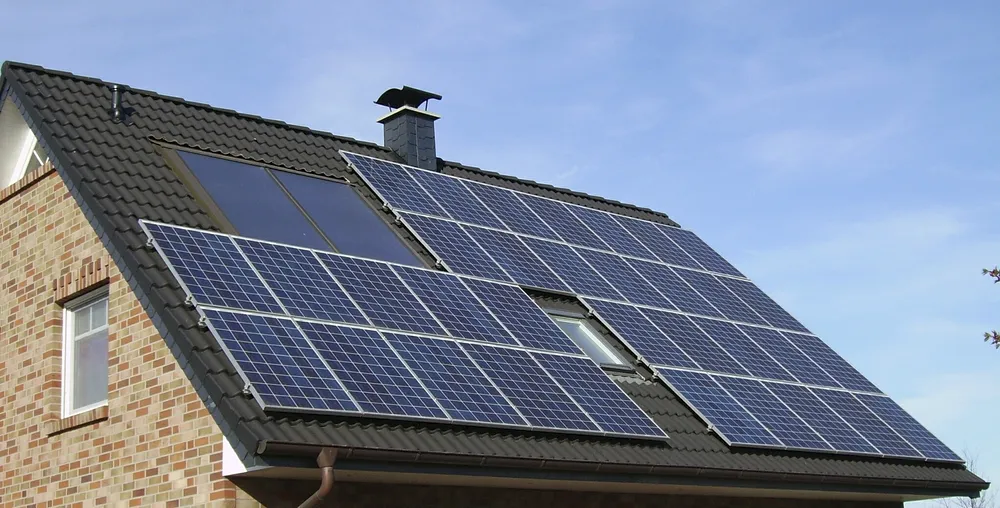Mailing List
To help us keep you updated with our handy guides and other useful news, please consider signing up to our mailing list.
It's quick and easy, and we promise not to send you spam or share your details with third parties.

With energy bills rising, and the focus very much on clean renewable energy, purchasing a property with a solar panel installation has become increasingly popular. But what’s the legal status of those panels and how are they tied to the property?
It’s common for solar panels to be installed on the roof of the building. The solar company will take a lease of the roof (to keep their panels on) and airspace. The property will then be subject to a lease of the roof space to the solar company. The term length of such leases can vary but they commonly run for 25 years.
It’s important to check the following in the lease:
- Who is responsible for the repair and maintenance of the solar panels? This should always be the solar company’s responsibility and they’ll need a right to enter the roof space to inspect, repair and maintain the panels
- Does the solar panel company still exist? If the lease has already been running for a number of years, the solar panel company may have restructured and the identity changed.
- If the property is being purchased with a mortgage, the lender will want to review and approve the lease.
- Has the solar lease itself been mortgaged / subject to a charge to a lender?
It’s also important to check if the seller signed up to the Feed in Tariff scheme. Once the purchase of a property with solar panels has completed, a change in ownership form will need to be completed and submitted to the property’s energy provider, alongside any supporting documents. The change in ownership form can be found on the energy provider’s website. This will enable any payments for the electricity generated and exported to be made to the purchaser.
Of course, this is a comprehensive list and as solar panel installation increases in popularity, and property owners become more au fait with their operation, there’s no doubt that the list of considerations will also increase.
Categorised in: Blog, Commercial Property, Renewables, Residential Property
Tags: Commercial Property, Residential Property